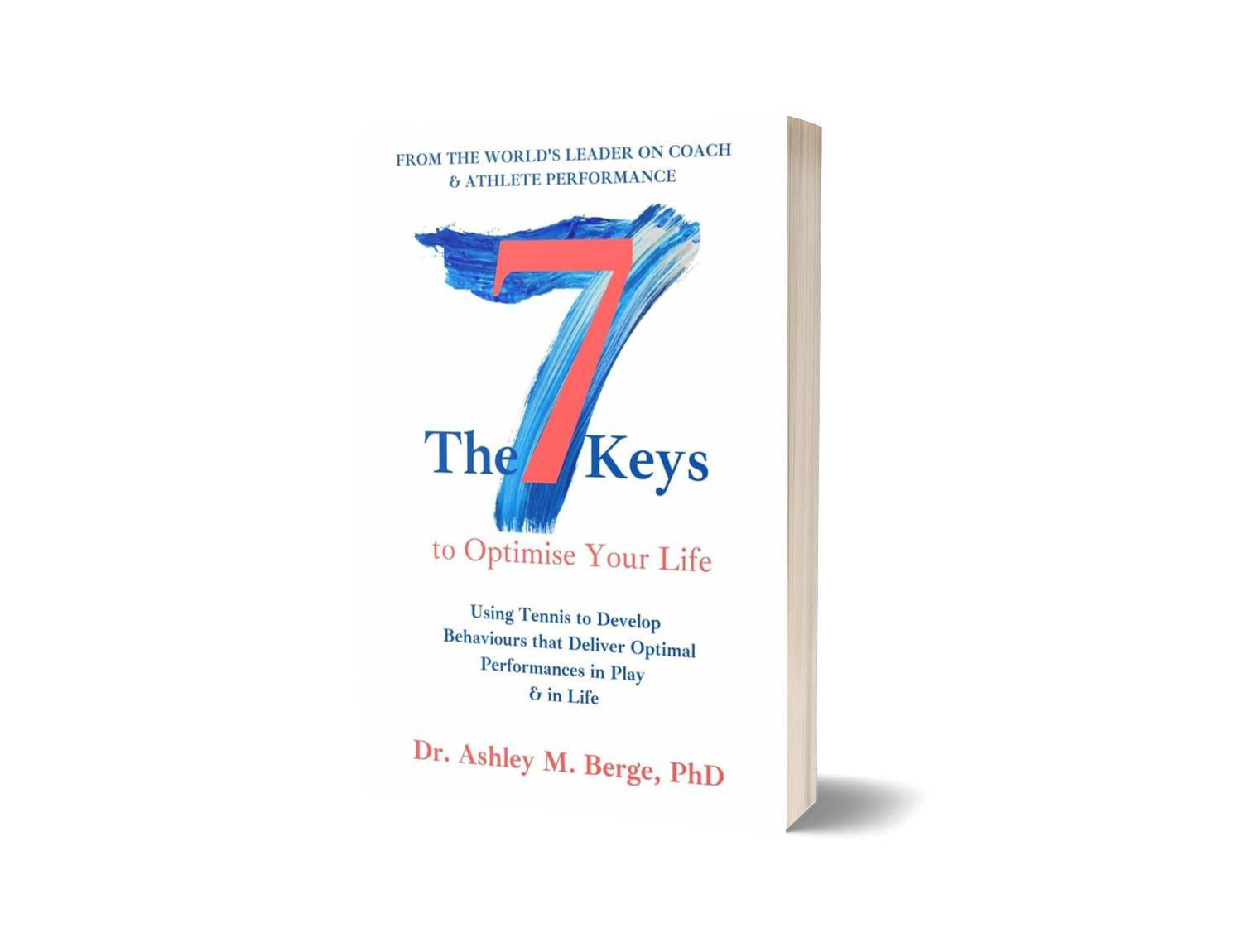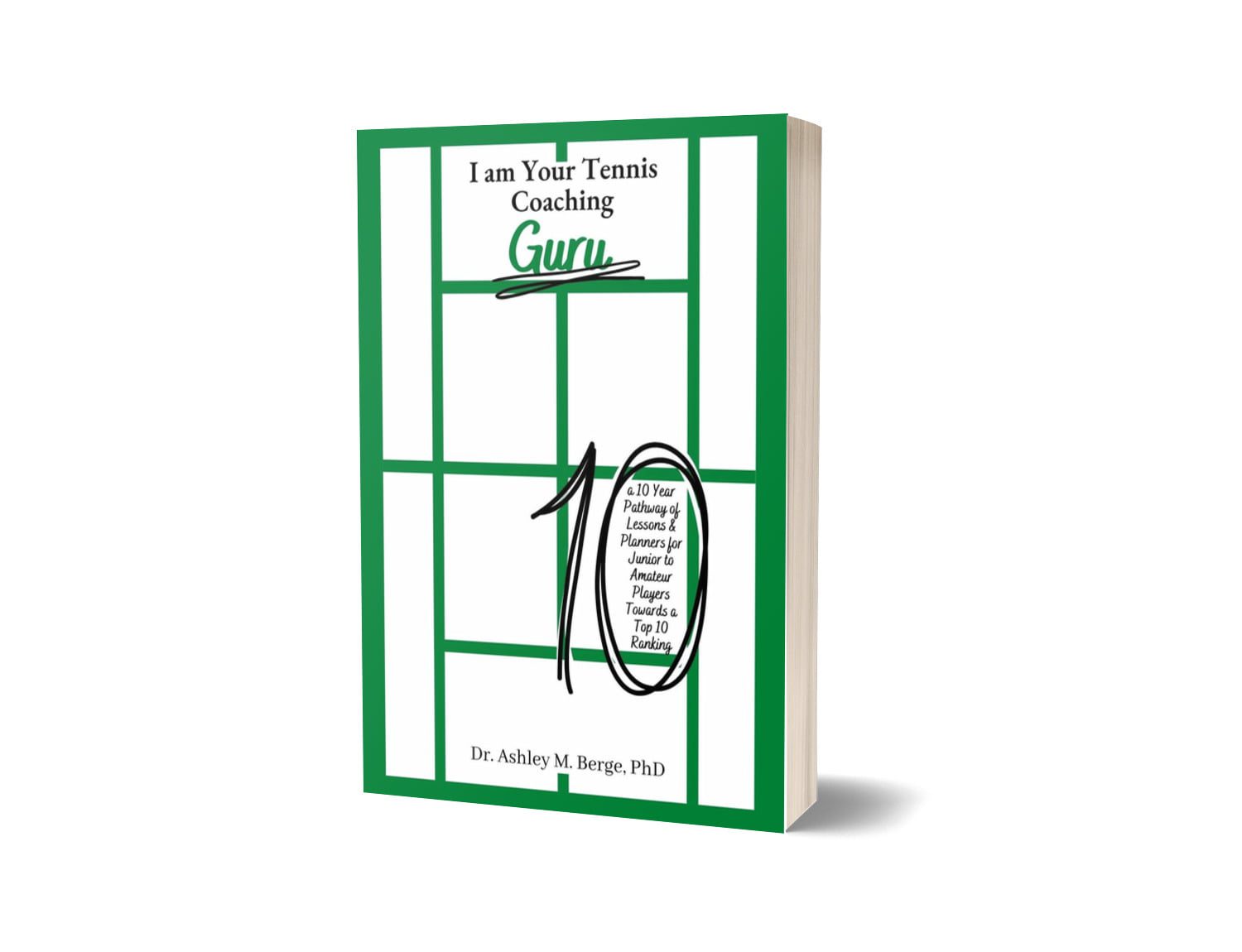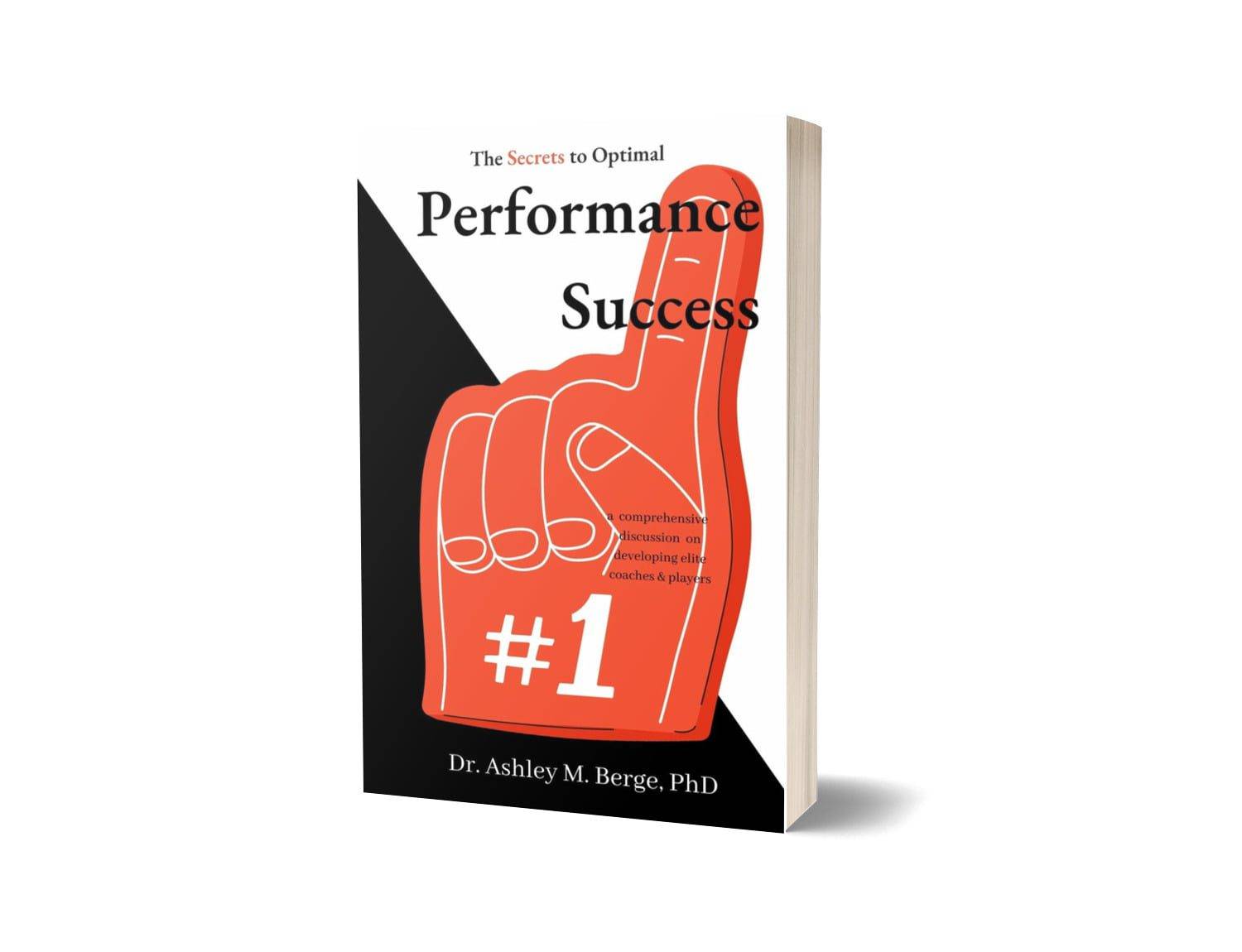
The role of Gender Interactions in the tennis development spectrum is fairly widespread with most young girls and boys having the options to learn together opposed to being separated as result of their gender. More often the case in ‘other’ sports where only girls can play and/or only boys can play, the good news is this has been evolving over time and has gained further traction since the initial release of The Secrets to Optimal Coaching Success five years ago! However, there is still a substantial way to go until equal parity is reached but that doesn’t mean inroads can’t be made in respect to Gender Interactions to push our sport forward.
Often overlooked, the Top 3 on the ATP tour with 20 Grand Slams or more are often of discussion when it comes to the ‘G.O.A.T’ debate. Between these players are more than 60 Grand Slam titles. This means over the past 15 years (roughly) these three players have primarily been responsible for these Championship wins with merely a handful of other players that have come between i.e. Murray, Wawrinka to Del Potro. Of course, over the last 3-4 years this has started to change with the likes of Thiem, Medvedev to Alcaraz capturing their maiden Championship wins with Rudd to Tsitsipas as finalists. Of course, there are more players in the mix and these merely serve as examples, but there is quite a significant contrast here to the WTA tour which is often forgotten.
Serena Williams amassed 23 Grand Slams over a similar time period. As such, instead of ‘two’ other players being her primary competitor in contrast to the ATP’s Top 3, Serena had to compete against a significantly greater number of players who were responsible for sharing the equivalent of 40+ Grand Slams.
That’s phenomenal. This statistic is often ignored but when it comes to Gender Interactions it should be front and centre. The likes of Federer, Nadal and Djokovic were at their own respective levels and in turn shared 60+ Grand Slams between them with only a handful of other ‘contenders’ progressing to the Championship finals and walking away with the Championship. In simple terms, the quality of play on the ATP tour in comparison to these primary three went near unrivalled due to these varying levels of play. Interestingly, on the WTA tour this was not the case. By all accounts, it was dominated by Serena but at the same time the likes of Hingis, Venus, Henin, Sharapova, Azarenka, Kerber, Halep to Osaka were prime contenders who won multiple Championships whilst Serena was active and/or progressing towards her peak. More recent Grand Slam Champions, however, are not considered in this equation due to Serena’s retirement and/or her footprint not being synonymous with this state of play in her last season on tour.
Whilst there is a long running subjective discussion on Gender Interactions in tennis and varying standards, it is too often forgotten the role of physiology to biology. That is, men are physiologically different i.e. testosterone, and women are also physiologically different i.e. oestrogen. Not to mention various biomechanics differences each sex is born with, it is so important to be mindful of a women’s peak performance is in fact the “same” as a man’s peak performance. But, when these physiological to biological differences are accounted for, of course the metrics change. Why? Because testosterone and a male’s biomechanics are more aligned with these performances in contrast to a female’s physiology. As such, a women working at her max is still her max but it can only be sustained for a set period in contrast to a man’s due to these differences. For example, a man is more capable to withstand elite levels of play over 5 sets courtesy of his testosterone to his biology whereby a woman with higher amounts of oestrogen and substantially less amounts of testosterone is not as equipped to last this length of time and the 3 set format is more aligned with their performance being sustained at and/or of an equivalent benchmark.
Nonetheless, this does pose a very interesting question. If a male is to work towards those peak performance cycles, their max will look different to a female of the same calibre of play at their max. However, if these levels vary Gender Interactions should be more widely encouraged and this also underscores why a Top 200 male with heightened power output may assume the role as a hitting partner for a progressing WTA player. The power they have to offer to speed — courtesy of their biology, is rewarding for the female player’s progression as they combat their fellow opponents at similar levels. That’s right. This isn’t to say they can’t hit at this pace but at the same rate, these Gender Interactions afford an advantage by not practicing with your primary competitors. A wonderful example here is why Serena and Venus would practice together at the beginning of their career due to the power both women had developed and become accustomed towards. But tennis is more than power.
This is where the female delivers the advantage for male players. From craftiness to varying ball paces can force a male player to slow their game down as they work on these configurations of play before integrating power once more. And most WTA players have the power that packs a punch. Most ATP players do, too. But there are always exceptions to the rule where not all ATP players inside the Top 20, for example, use power and/or pace as their weapon of choice. The same applies on the WTA tour. Although there is one thing for sure and that is Gender Interactions are positive influences in a players game and the sooner these are ingrained in a developmental players progressions — for both boys and girls, the more versatile and agile a player’s game will become.
To learn more about Gender Interactions in Tennis, head on over to Beyond Top 10 Tennis and head to Episode 57. More? Catch up on our Tips over on TikTok, Twitter, Threads or Instagram for quick snippets to apply in your game, today.


















